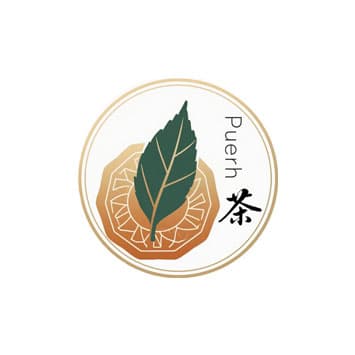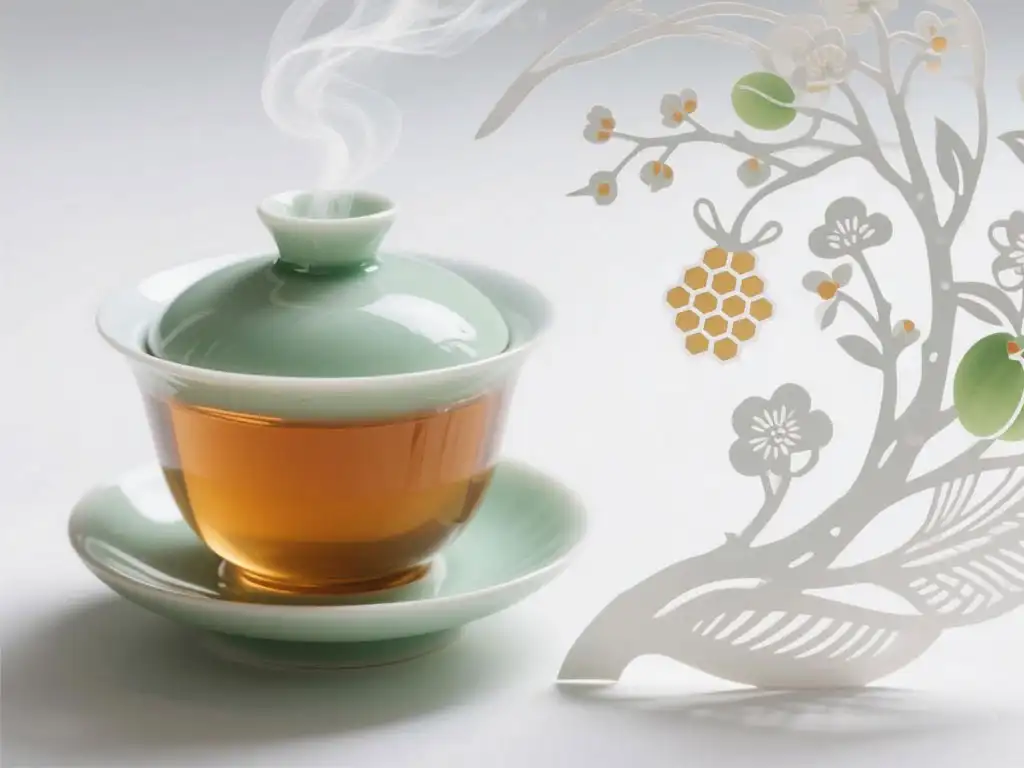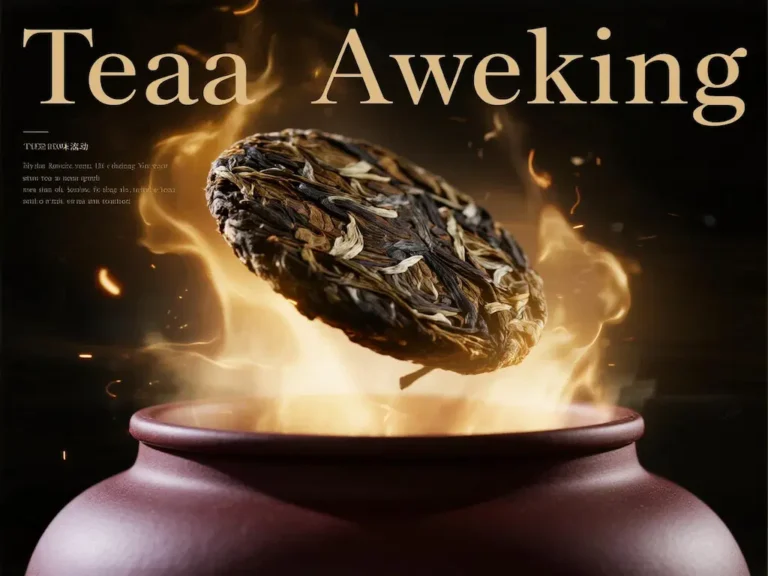What is the aroma of raw Pu’er tea?
When you hold a cup of steaming hot raw Pu-erh tea, the pleasant, distinctive scent that wafts up is the tea’s aroma. What is the aroma of raw Pu’er tea?What is the aroma of raw Pu’er tea?Raw Pu’er tea’s aroma evolves with age: fresh florals in new tea → honey-like sweetness after a few years → tangy plum notes in mid-aged tea → deep, mellow earthiness in 20+ year aged tea.
The aroma we smell is actually the aromatic compounds in the tea leaves, also known as “volatile aromatic components” (VAC). These are the substances in the tea leaves that easily evaporate. There are numerous types of these substances in tea leaves, and their variety and quantity collectively determine the tea’s aroma.
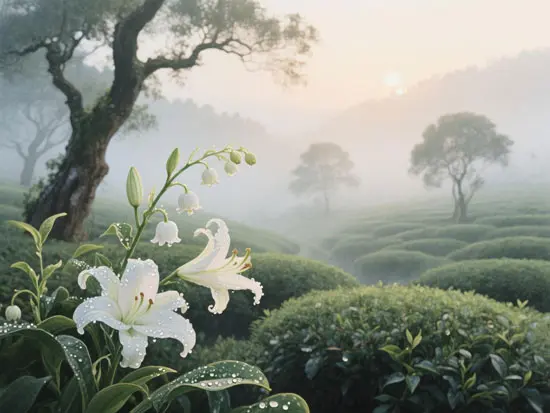
Floral aromas: diverse and varied
In raw Pu’er tea, detecting floral aromas is a common and particularly enjoyable experience. These floral aromas are diverse and distinct:
Some are fresh and crisp, reminiscent of lily of the valley or lily.
Some are sweet and rich, like jasmine or gardenia, and are very pleasant to smell. This type is particularly common in raw tea.
Some are delicate and elegant, like orchids or magnolias. This delicate orchid aroma is quite rare, often faint and elusive. Raw tea with an orchid aroma is typically of high quality, but this fragrance is not easily encountered.
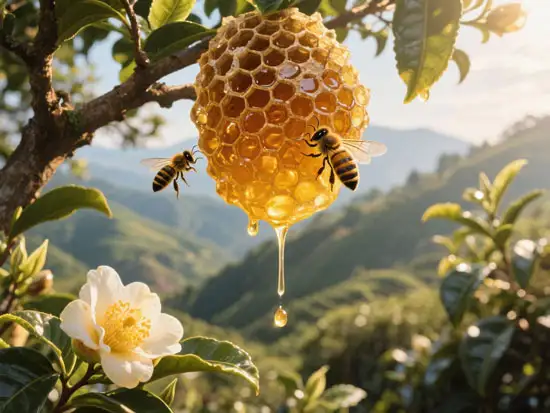
Honey aroma: A classic of Puerh raw tea
The honey aroma in raw tea primarily comes in three forms: floral honey, fruity honey, and pure fruity.
Floral honey aroma appears in high-quality Pu’er tea, such as some classic blended teas from Menghai. Mountain-grown teas from areas like Brown Mountain and Ban Zhang Mountain in the Menghai tea region may also have this aroma. This fragrance combines floral notes with a subtle sweetness, elegant and not overpowering.
Honey aroma is quite common in raw tea. Many teas retain their honey aroma even after being stored for a long time. This aroma is long-lasting, pleasant, and easy to describe and understand, making it easy to remember. Pu’er tea with a pure honey aroma typically has good quality. Sometimes, drinking a cup of tea with a pure honey aroma can leave a sweet aftertaste in your mouth all day long.
Flower honey aroma is the most prominent aromatic characteristic of most raw Pu’er tea during the initial storage period.
Fruit honey aroma is a sweet aroma mixed with the taste of ripe fruit, and it is less common than floral honey aroma and sweet aroma. Tea from the Nannuo Mountain area of Menghai has a unique fruit honey aroma.
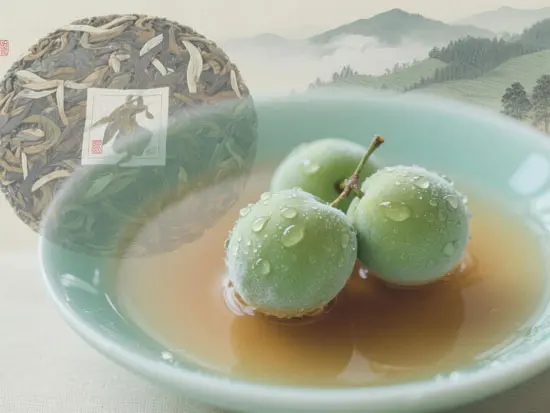
Fruit aroma: such as plum aroma
The most representative fruit aroma is plum aroma. It has a slight fruity acidity, reminiscent of the scent of green plums. Mid-aged raw Pu’er tea often develops this plum aroma after being stored for some time. This is an excellent classic aroma.
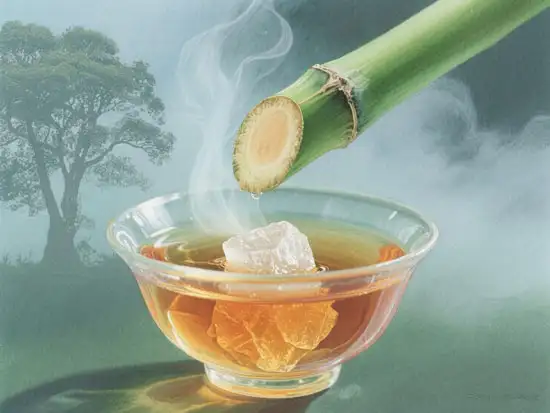
Sugar aroma: the embodiment of sweetness
Sugar aroma is also relatively common in Pu’erh tea, with rock sugar aroma being the most prominent. It is typically accompanied by a strong aftertaste (the sweetness felt after drinking) and a cooling sensation in the throat, marking it as a sign of high-quality tea. Sugarcane aroma is another unique type of sugar aroma.
The composition of sugar aroma is similar to honey aroma and sweet aroma, and it also includes the aroma of sugars themselves. The soluble sugar content in tea leaves is very high (approximately 4-7% of dry tea leaves). The sugar aromas mentioned here are positive aromas of good tea and are different from the caramel aroma mentioned later.
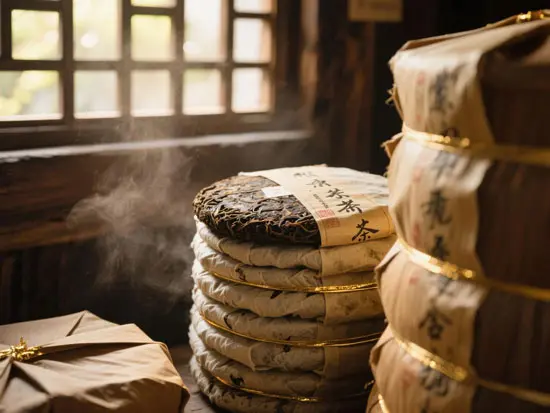
Aged aroma: The scent of time
Aged aroma primarily appears in ripe Pu’er tea. Additionally, some raw tea that has been stored for an extremely long time (ten, twenty years, or even longer), has undergone significant transformation, and has properties similar to ripe tea (referred to as “old tea” or “aged raw Pu’er”), will also emit a rich aged aroma.
Aged aroma is the most core and representative aroma of ripe Pu’er tea. Without aged aroma, it is not a qualified ripe tea.
The aged aroma is a complex blend of scents, including aged notes, woody tones, and medicinal undertones. Numerous aromatic compounds collectively form the aged aroma.
Substances produced during fermentation, such as 1,2-dimethoxybenzene, 1,2,3-trimethoxybenzene, 4-ethyl-1,2-dimethoxybenzene, and 1,2,4-trimethoxybenzene, contribute the most to the aged aroma of Pu’er tea. These compounds play a crucial role in the formation of the distinctive “aged aroma” that we perceive in Pu’er tea. It is precisely these invisible chemical transformations that endow aged or ripe tea with its unique, time-honored flavor.
